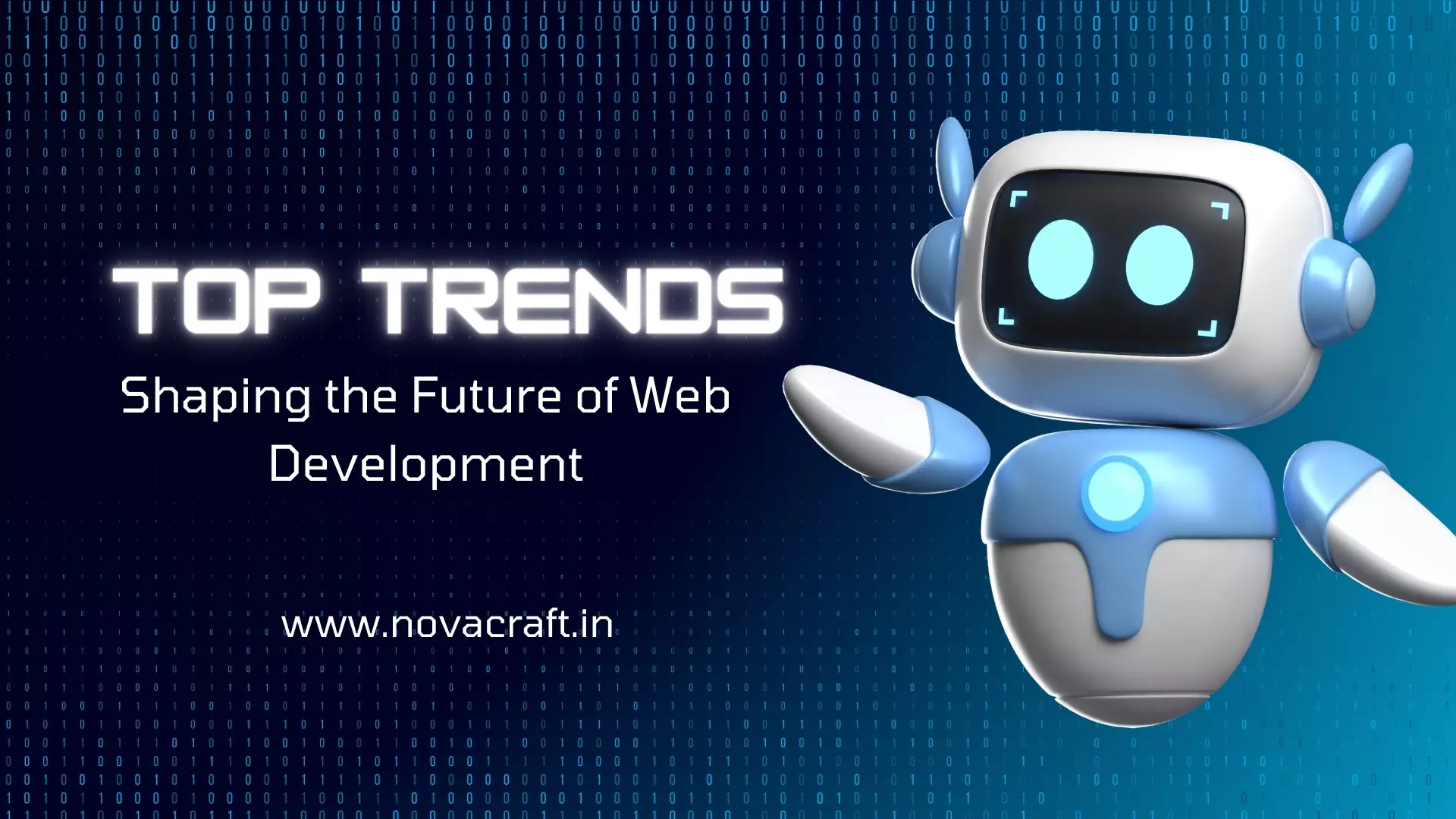Are you ready to take your web development skills to the next level? Imagine a world where artificial intelligence and virtual reality come together to create immersive and interactive online experiences like never before.
In this blog post, we will explore how AI and VR are revolutionizing the field of web development, unleashing endless possibilities for designers and developers alike. Get ready to dive into the future of technology and discover how you can harness the power of AI and VR in your own projects. Let’s embark on this exciting journey together!
Introduction: The Rise of AI and VR in Web Development
In recent years, there has been a surge in the use of Artificial Intelligence (AI) and Virtual Reality (VR) in various industries. Web development is no exception to this trend, as developers are increasingly exploring the potential of AI and VR technologies to enhance user experiences and create more dynamic and interactive websites.
AI refers to computer systems that can perform tasks typically requiring human intelligence, such as problem-solving, decision-making, and natural language processing. On the other hand, VR is a computer-generated simulation of a three-dimensional environment that users can interact with using specialized equipment like headsets or gloves.
The combination of AI and VR offers immense potential for web developers to innovate and elevate their projects. With AI’s ability to analyze vast amounts of data and make informed decisions, coupled with VR’s immersive nature, developers can create highly personalized and engaging websites.
One major advantage of incorporating AI in web development is its ability to gather insights from user data. By tracking user behavior on websites, AI algorithms can identify patterns and preferences that inform website design choices. This allows for a more personalized browsing experience for users, leading to increased engagement levels.
Moreover, AI-powered chatbots have become increasingly popular on websites as they provide efficient customer service by responding promptly to queries and concerns. These bots use Natural Language Processing (NLP) capabilities to understand human language inputs accurately.
As a result, businesses can save time and resources while providing round-the-clock support for their customers.

Understanding Artificial Intelligence (AI) in Web Development
Artificial Intelligence (AI) has been a buzzword in the technology world for quite some time now, and its impact can be seen in various industries, including web development. With advancements in AI technology, web developers are now able to create more efficient and user-friendly websites that cater to the ever-evolving needs of users.
So, what exactly is AI in web development? In simple terms, it refers to the integration of intelligent algorithms and machine learning techniques into website development processes. This allows websites to learn from user interactions and adapt accordingly, providing a personalized experience for each user.
One of the most significant benefits of AI in web development is its ability to analyze vast amounts of data quickly and accurately. This enables developers to gain valuable insights into user behavior patterns and preferences, which can then be used to optimize website design and functionality. For example, an e-commerce website can use AI algorithms to recommend products based on a customer’s browsing history or purchase behavior.
Another advantage of AI in web development is its potential for automation. Tasks that would typically require human intervention, such as content creation and management or customer service support, can now be automated using AI-powered tools. This not only saves time but also reduces the chances of human error.
Benefits of using AI in web development, such as improved user experience and increased efficiency
In the world of web development, staying ahead of the curve and constantly adapting to changing technologies is crucial for success.
One technology that has been making waves in recent years is Artificial Intelligence (AI). Its ability to mimic human behavior and decision-making processes has opened up a whole new realm of possibilities for web developers.
One of the main benefits of using AI in web development is its impact on user experience (UX). With AI, websites can be personalized according to individual users’ preferences and behavior patterns. This results in a more seamless and tailored experience for each user, leading to increased engagement and satisfaction.
For instance, AI-powered chatbots can analyze customer queries and respond with relevant information or suggest products based on their previous interactions with the website. This not only improves UX but also saves time for both customers and businesses.
Another advantage of incorporating AI into web development is increased efficiency. By automating repetitive tasks such as data entry, website maintenance, and content creation, developers can focus on more complex tasks that require human creativity.
This not only speeds up the development process but also reduces errors caused by manual work. Moreover, AI algorithms can analyze large datasets and provide valuable insights that help businesses make informed decisions about their website’s design, content, and marketing strategies.
The use of AI in web development also enhances security measures. With cyber threats becoming increasingly sophisticated, it’s essential to have robust security protocols in place. Here’s where AI comes into play – it can detect patterns indicative of potential threats and take necessary actions to prevent them before they occur.
Additionally, through machine learning algorithms, AI can continuously learn from incoming data to identify new vulnerabilities quickly.
Examples of AI technologies used in web development, such as chatbots and personalization algorithms
There are various AI technologies that have been integrated into web development, revolutionizing the way websites are designed and operated. These technologies not only enhance user experience but also automate processes.
1. Chatbots: Chatbots are computer programs powered by artificial intelligence that can simulate conversation with human users through a messaging interface. They have become an integral part of many websites as they provide 24/7 customer support, assist with product recommendations, and handle routine tasks such as booking appointments or ordering products online.
With advancements in natural language processing (NLP) and machine learning (ML), chatbots are becoming increasingly sophisticated in understanding and responding to user queries, making them a valuable addition to any website.
2. Image Recognition: Images play a crucial role in creating visually appealing websites that attract visitors’ attention. However, manually organizing images can be time-consuming and tedious for web developers.
That’s where image recognition technology comes in – it uses AI-powered algorithms to automatically tag images based on their content or context within the website’s design layout. This not only saves time but also ensures consistency across the site’s visuals.
Exploring Virtual Reality (VR) in Web Development
Virtual reality (VR) technology has been rapidly advancing in recent years, and its potential applications are expanding beyond just gaming and entertainment. One such application is the integration of VR in web development, which has opened up new possibilities for creating immersive and interactive online experiences.
So, what exactly is virtual reality? It is a computer-generated simulation that immerses users in a three-dimensional environment, allowing them to interact with it using specialized equipment such as headsets or gloves. With the help of AI technology, this simulated environment can be made more realistic by responding to user movements and actions.
In web development, VR can enhance the overall user experience by providing a more engaging and personalized interface. With traditional websites, users are limited to interacting with two-dimensional content on a screen. However, VR allows for a fully immersive experience where users can explore virtual spaces and interact with objects within them.
One of the main benefits of incorporating VR into web development is the ability to provide customers with an enhanced product visualization experience. For instance, e-commerce websites can use VR to create 3D models of their products that customers can view from all angles before making a purchase decision.
This not only improves customer satisfaction but also reduces return rates due to mismatched expectations.
Links :
How to Build Your Social Media Marketing Strategy
Mastering the Art of Lead Generation: Tips and Strategies
Elevating Your Brand with Voice Over Service in Jaipur
User Experience: Predicted UX/UI Design Trends in 2024
Boost Your Conversion Rates with Winning Content
Benefits of Video Marketing for Business Expansion


